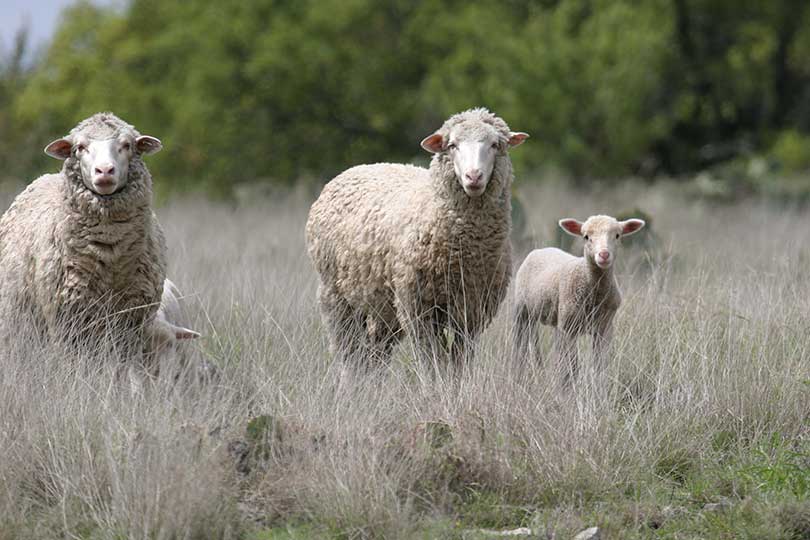By Julie Tomascik
Associate Editor
Texas sheep and goat raisers have taken a stand to fight together against a common enemy—predators.
Producers voted to increase the refundable assessment collected for the Sheep and Goat Predator Management Board from $0.30 per head to $0.90. The referendum passed by a two-thirds vote and collections start today—Sept. 1.
Coyotes, mountain lions, bobcats and feral hogs are the primary culprits. All take their toll on sheep and goats—both young and old—across the state.
West Texas, in particular, has long dealt with predators. But a surge in attacks on livestock in recent years has caused devastation to herds and flocks across the Trans-Pecos region.
“Last year, we lost 180 head of sheep to predators—coyotes and mountain lions,” said Pecos-Reeves County Farm Bureau President Warren Cude. “And in the last 10 days, they’ve killed 23 head, and we are doing all we can.”
And the statewide losses due to predation are just as staggering.
According to the U.S. Department of Agriculture’s National Agricultural Statistics Service (USDA-NASS), more than 49,000 sheep and lambs were reported killed by predators on Texas ranches in 2014.
That doesn’t count losses in the growing goat population.
That’s where the Texas Sheep and Goat Predator Management Board comes into play. Ranchers couldn’t handle the losses and the ensuing fight with predators on their own, Texas Farm Bureau Associate Director of Commodity and Regulatory Activities Tracy Tomascik said.
“The board was established in 1992 by the Texas Department of Agriculture with the support of farmers and ranchers,” he said.
In 111 counties, the sale of a sheep or goat contributes an assessment to a state pool of funds that are available for farmers and ranchers in those participating counties.
“Those collections are used to defend flocks and herds by reducing the local predator population,” Tomascik said.
That assessment per head was set at $.30 for many years. But the funding wasn’t enough to make progress anymore.
“The decrease of sheep numbers in Texas led to depletion of the Sheep and Goat Predator Management Board funding available to farmers and ranchers, so we held a referendum to increase that assessment to $.90 per head,” Cude said.
TFB supported the referendum based on recommendations by the Sheep and Goat Advisory Committee during the annual summer commodity meetings.
“The advisory committee debated the pros and cons of an increased assessment,” Tomascik said. “But the need for additional funding to combat a growing predator population was apparent.”
Ranchers who pay into the fund have access to cost-sharing of $600 reimbursement for flying to depopulate predators on their ranches. Those operations are limited to three times per year but additional flights can be approved by the regional director on the Sheep and Goat Predator Management Board.

